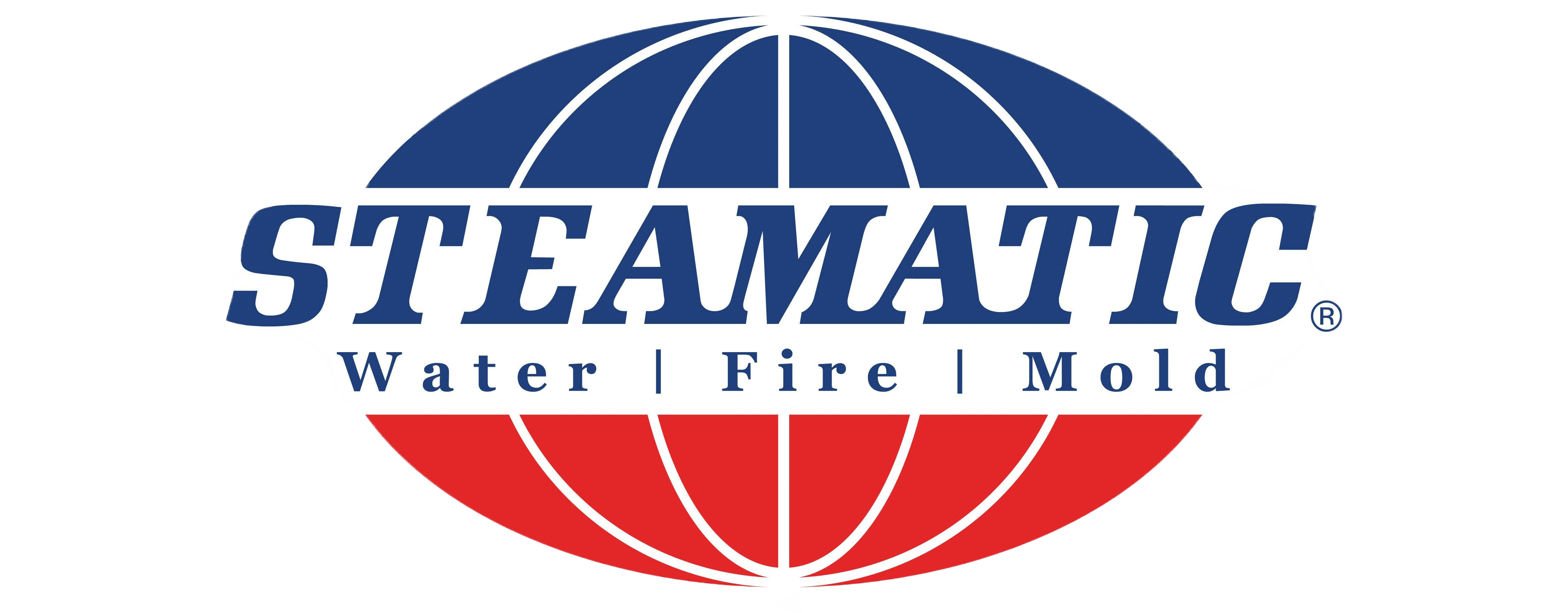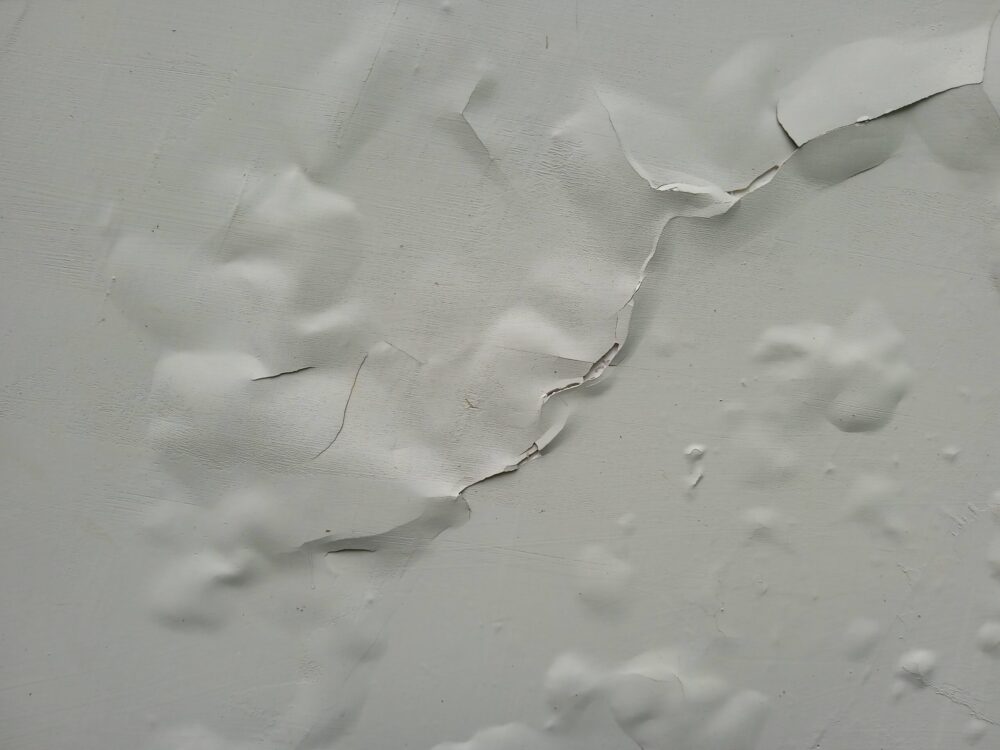Updated: May 15, 2024
Homes are complicated, and signs of building damage can take many different forms. Puddles of water and stains on the ceiling can indicate a pipe leak, cooking smoke or cigarette smoke can discolor your walls and ceilings, and white dust along the edges of the room can indicate the presence of carpenter ants or termites.
The faster you can spot signs of developing problems, the better. At Steamatic of Red River Valley, our team is here to help diagnose emerging problems and restore your home or building to its pre-damaged condition. That starts with helping you learn more about when things aren’t right with your home, such as paint bubbling on the wall.
So, why does paint bubble, and what does it mean? If you see paint bubbling on the ceiling or pain bubbling on the wall, this paint blistering is often a sign of water damage. Learn more about it and what to do next.
What Causes Bubbling or Blistering Paint?
Bubbling and blistering paint happens whenever the paint starts to separate from the drywall or other wall surfaces below it. Most latex and other common paint formulas are stretchy, and they can distort when not pressed flat against a wall surface. But why does paint bubble? Learn how to get rid of Water Damage in Fargo, ND.
There are two main causes of it: heat and moisture. Painted walls too close to a stove or improperly insulated fireplace may bubble as the paint pulls away from the wall. However, it’s a much more common sign of water damage. After a severe leak, walls will soften and lead to paint bubbling on the wall, leaving everything soft and blemished. Paint bubbling on the ceiling can also indicate a leak in your roof, especially if you don’t have any plumbing upstairs.
If you just applied a new coat of paint and wondered, “Why is my paint bubbling?” then you might have used an oil-based paint over old latex paint. The two substances don’t tolerate each other well.
How to Fix Paint Bubbling/Blistering
Now that you know the answer to “Why is my paint bubbling?” it’s time to decide what to do about it. Depending on the severity of the damage, you might be able to repair it in a small DIY project. You can sand down the bubbles and reapply a new coat of paint, provided the bubbling is simply surface-level blemishes from a bad paint job. It is most likely due to Water Damage.
But for more severe bubbling, you can’t simply fix it by knowing why the paint bubbles and replacing the paint. You need to have professionals determine whether heat, chemicals, or moisture are the culprit. Otherwise, the damage will come back again and again. Even worse, the underlying cause of paint bubbling on the ceiling and walls will grow more severe, whether heat damage and fire risks or a growing leak causing mold or structural damage. Don’t think of paint blistering as just a cosmetic problem—consider it an early warning sign.
For severe bubbling and blistering, repairs often require removing the affected walls, inspecting the area for other signs of damage or problems, replacing and patching the wall, and repainting it to match the surrounding surfaces. Having professionals handle this process will result in a smoother finish without rough edges and with new paint that completely matches the rest of the wall.
Contact the Steamatic of Red River Valley Today!
What causes paint to bubble? If you need help to easily determine the answer, call Steamatic of Red River Valley. Our team can uncover the extent of the damage and restore the damaged areas to normal. Schedule an appointment or contact us to learn more about our services. We have locations in Fargo and Grand Forks, ND.
Image Credit: Adibaymax / Shutterstock








